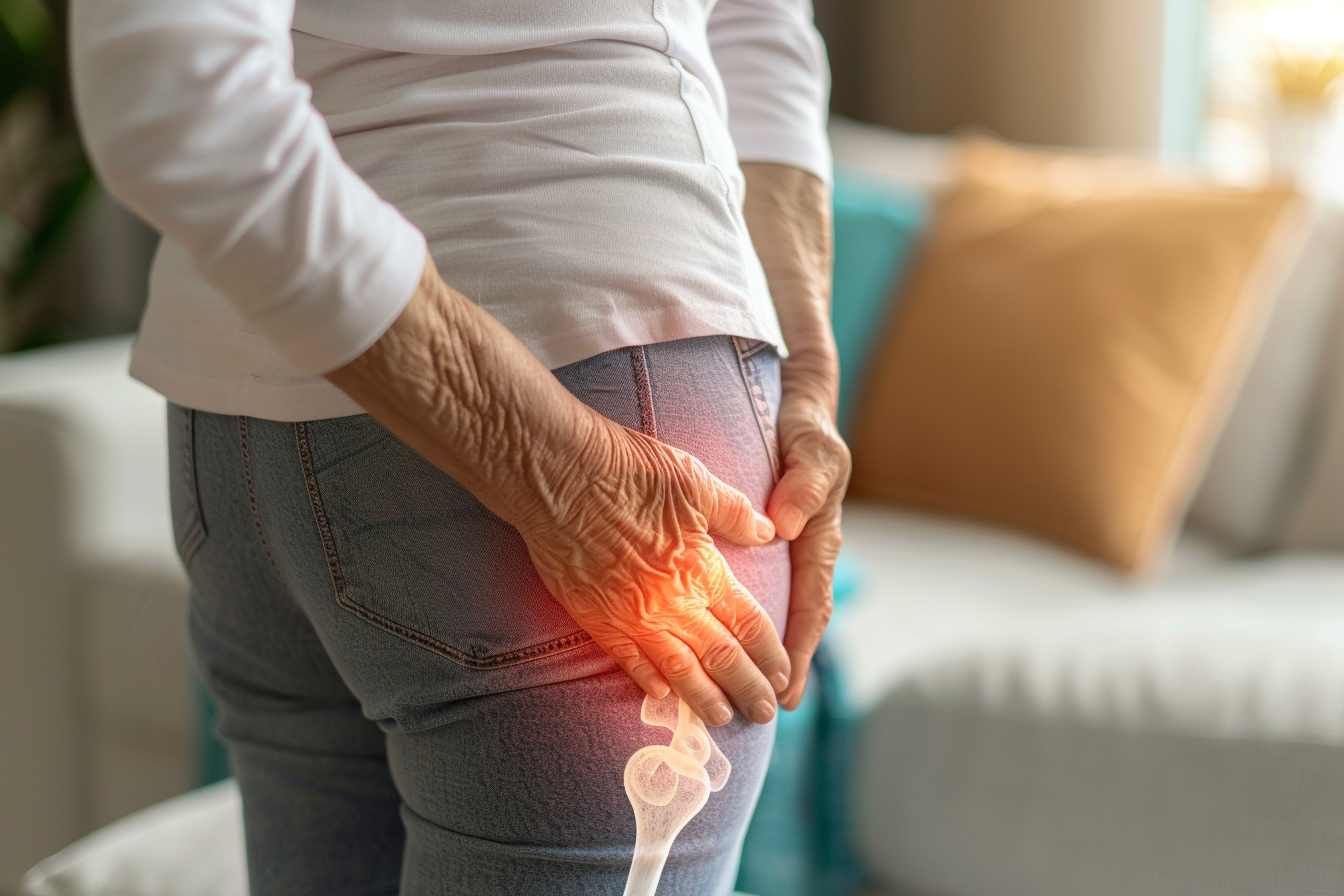Hip Pain Demystified: Symptoms, Causes, and Solutions
Discover the root causes of hip discomfort, recognize key symptoms, and explore effective treatment options in this comprehensive guide. Whether you're an active individual or concerned about age-related issues, understanding hip pain is crucial for maintaining mobility and quality of life. Learn when to seek professional help and how to potentially prevent hip problems.

Hip pain can significantly impact your daily life, regardless of age or activity level. This guide explores the various aspects of hip discomfort, from its origins to potential remedies, helping you navigate this common health concern effectively.
Common Causes of Hip Pain
Understanding the root causes of hip pain is essential for proper management and treatment:
-
Osteoarthritis: This degenerative joint disease is a leading cause of hip pain, especially in older adults. It occurs when the protective cartilage in the joint wears down over time.
-
Bursitis: Inflammation of the bursae - small, fluid-filled sacs that cushion bones, tendons, and muscles near joints - can lead to hip pain. Often, this results from repetitive movements or prolonged pressure on the hip area.
-
Tendinitis: When tendons around the hip joint become inflamed or irritated, it can cause significant discomfort. This condition is common among individuals engaged in repetitive activities or sports.
-
Hip fractures: More prevalent in older adults with osteoporosis, hip fractures can cause severe pain and require immediate medical attention.
-
Labral tears: Damage to the labrum, a ring of cartilage lining the hip joint socket, can result in pain and instability.
-
Muscle strains: Overexertion or injury to the muscles supporting the hip can lead to pain and limited mobility.
Recognizing Hip Pain Symptoms
Hip pain manifests in various ways, depending on its underlying cause. Key symptoms to watch for include:
- Localized pain in the hip joint, potentially radiating to the groin, thigh, or buttocks
- Stiffness or decreased range of motion in the hip
- Swelling or tenderness around the hip area
- A clicking or popping sensation when moving the hip
- Difficulty walking or bearing weight on the affected leg
- Pain that intensifies with activity and eases with rest
- Muscle weakness in the hip or leg
It’s important to note that hip pain can sometimes be referred pain from other areas, such as the lower back or knee. A thorough medical evaluation is crucial for an accurate diagnosis.
Diagnostic Approaches for Hip Pain
To determine the cause of hip pain, healthcare professionals typically employ a combination of methods:
-
Detailed medical history: Your doctor will inquire about your symptoms, their onset, and factors that exacerbate or alleviate the pain.
-
Physical examination: This involves assessing your hip’s range of motion, strength, and identifying areas of tenderness.
-
Imaging studies: X-rays, MRI, or CT scans may be ordered to visualize the hip joint and surrounding structures.
-
Blood tests: These can help identify underlying conditions such as rheumatoid arthritis or infections.
-
Specialized tests: In some cases, additional tests like bone scans or joint aspiration may be recommended for a more comprehensive evaluation.
Effective Treatment Options
Treatment for hip pain varies based on the underlying cause and severity of symptoms. Common approaches include:
-
Rest and activity modification: Avoiding activities that worsen pain and allowing time for recovery.
-
Physical therapy: Targeted exercises to improve strength, flexibility, and range of motion in the hip joint.
-
Medications: Over-the-counter pain relievers, anti-inflammatory drugs, or prescription medications to manage pain and inflammation.
-
Ice or heat therapy: Applying cold or warm compresses to the affected area to reduce pain and swelling.
-
Assistive devices: Using a cane or walker to alleviate stress on the hip joint during movement.
-
Injections: Corticosteroid injections may be recommended in some cases to reduce inflammation and pain.
-
Surgery: For severe cases or when conservative treatments fail, surgical interventions such as hip replacement or arthroscopy may be necessary.
Preventive Measures for Hip Pain
While not all causes of hip pain can be prevented, several strategies may help reduce the risk:
- Maintain a healthy weight to reduce stress on the hip joints
- Engage in regular, low-impact exercise to strengthen hip-supporting muscles
- Use proper form and techniques during physical activities and sports
- Warm up before exercise and stretch regularly to improve flexibility
- Avoid prolonged periods of sitting and incorporate regular movement throughout the day
- Ensure proper nutrition, including adequate calcium and vitamin D intake for bone health
When to Seek Medical Attention
Consult a healthcare professional if:
- Hip pain persists for more than a few days
- Pain is severe or interferes with daily activities
- You experience sudden, intense hip pain
- There’s noticeable swelling, redness, or warmth around the hip joint
- You have difficulty bearing weight on the affected leg
- Hip pain is accompanied by fever or other signs of infection
Early intervention can prevent the progression of underlying conditions and improve outcomes for many causes of hip pain.
Understanding hip pain, its causes, and available treatment options empowers individuals to take proactive steps in managing their health. By recognizing symptoms, seeking timely medical attention, and implementing preventive measures, many people can find relief from hip pain and maintain an active, comfortable lifestyle.
This article is for informational purposes only and should not be considered medical advice. Always consult a qualified healthcare professional for personalized guidance and treatment.






